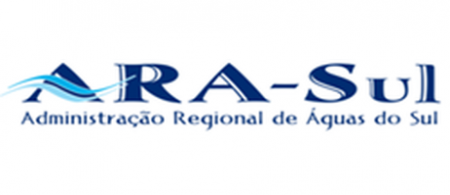Comprehensive management system for the Spanish national motorway, the AP-9 (European route E01).

Problems posed by the project
220 km in length and with an average traffic of 28,000 vehicles a day, the AP-9, also known as the Autopista del Atlántico (Atlantic Motorway), is the main communication route in the autonomous community of Galicia.
AUDASA (Autopistas del Atlántico Concesionaria Española S.A.) is the current concession holder of the motorway.
The main need in the project was to optimise the operation processes of the motorway: Notification of incidents, inventory updates, report creation for the authorities, etc., based on two essential conditions: data would have to be accessible from the motorway’s different operating centres and updating data would have to be easy.
This need involved complex data analysis and processes that entailed several phases, including the digitalisation of a huge amount of paper-based data in alphanumeric format, which was then completed with geographic information, and the design and implementation of a modular system (SIGA), intended to become the core of the infrastructure management over time.
In 2015, the AG-55 (A Coruña – Carballo) and AG-57 (Puxeiros – Val Miñor) motorways were added to the system. They are both managed by Autoestradas de Galicia, Concesionaria da Xunta de Galicia, S.A., and cover a total length of 50 km, with average traffic of around 20,000 vehicles a day.

And how we solved them
The motorway management and information system, SIGA, enables access to all motorway information in a comprehensive manner. It is a modular, mixed system, since it includes both a desktop SIG tool and a web app, thus enabling information to be retrieved, edited and analysed by different user profiles within the organisation. The main modules are:
- Expropriations: Management of expropriated land, reversions and expropriation boundary lines. Retrieval of digitalised, georeferenced plans relating to the expropriation process.
- Police zones: Location of police zones, domain lines and generation of custom reports
- Inventory: Geographic location of all the motorway elements and their management, including inspections and maintenance work carried out.
- Dossiers: Administrative management of dossiers, according to their workflow: Requests, dates of submitted documents, police zones and reversions.
SIGA posed a major technological challenge, as it integrates different technologies, and also responds to complex needs, with several control centres hundreds of kilometres apart and the need to synchronise information between them all.












